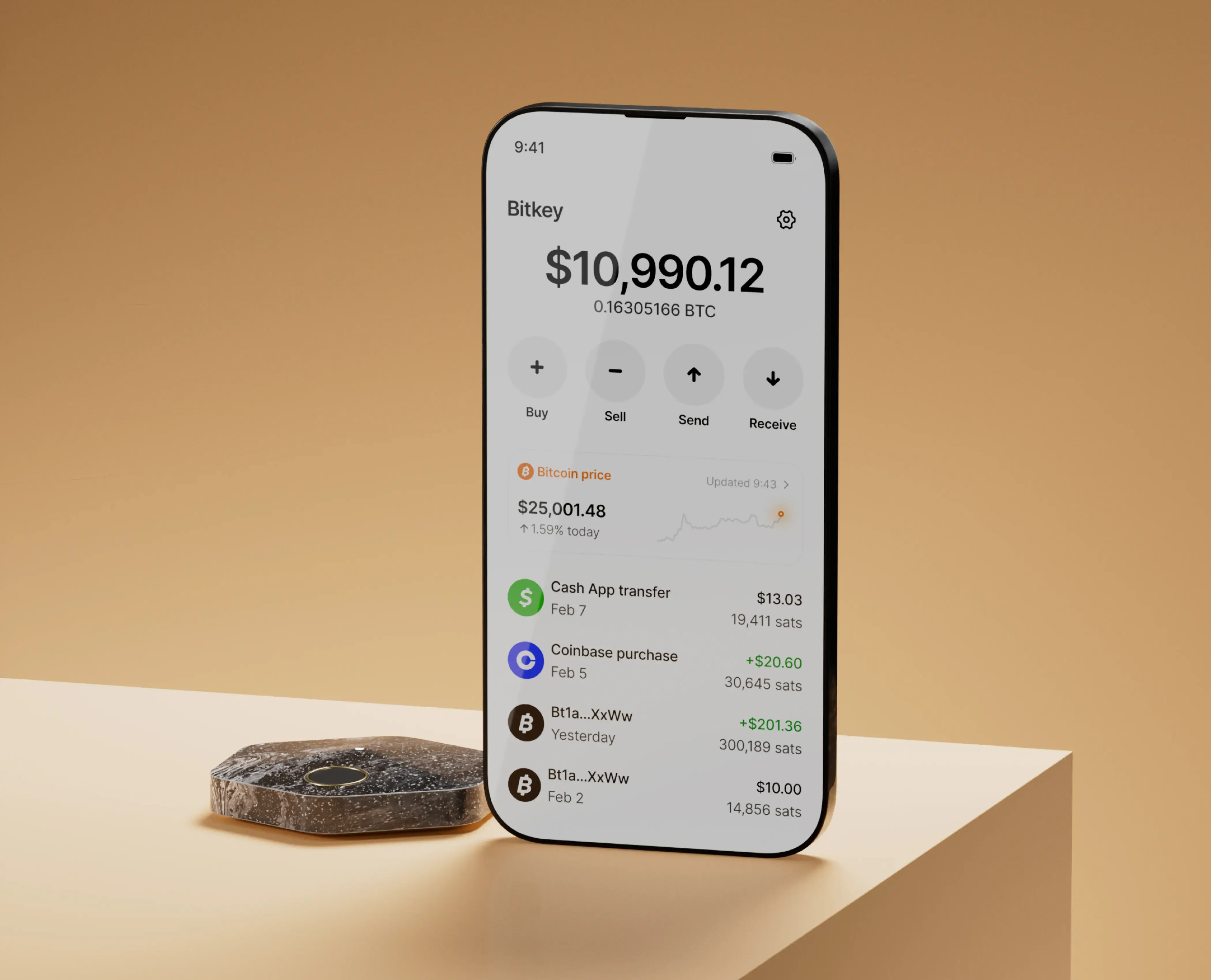As of February 2025, the cryptocurrency market experienced notable fluctuations in trading volumes across major exchanges. Below is an overview of the top 10 cryptocurrency exchanges, ranked by their average daily trading volumes for February 2025:
1. Binance
Average Daily Trading Volume: Approximately $28.6 billionTrading Pairs & Supported Cryptos: Over 600 cryptocurrencies with numerous trading pairs
Spot & Futures Trading: Offers spot trading, futures, options, and margin trading
Security & Regulation: Implements advanced security protocols; operates under various regulatory frameworks globally
Fees Structure: Competitive fees with discounts for using BNB tokens; maker and taker fees range from 0.02% to 0.10%
Trading Pairs & Supported Cryptos: Supports over 100 cryptocurrencies
Spot & Futures Trading: Specializes in derivatives trading, including futures and perpetual contracts
Security & Regulation: Employs robust security measures; operates under various regulatory jurisdictions
Fees Structure: Competitive fee structure with tiered levels; maker and taker fees start from 0.075%
Trading Pairs & Supported Cryptos: Offers over 200 cryptocurrencies
Spot & Futures Trading: Provides spot trading; futures trading not available
Security & Regulation: Known for stringent security protocols and compliance with South Korean regulations
Fees Structure: Standard trading fee of 0.25% for both makers and takers
Trading Pairs & Supported Cryptos: Offers over 250 cryptocurrencies
Spot & Futures Trading: Provides spot trading, futures, options, and perpetual swaps
Security & Regulation: Implements comprehensive security measures; operates under various regulatory jurisdictions
Fees Structure: Competitive fees with tiered VIP levels; maker and taker fees start from 0.08%
Trading Pairs & Supported Cryptos: Supports over 100 cryptocurrencies
Spot & Futures Trading: Primarily offers spot trading; futures trading available for institutional clients
Security & Regulation: Known for strong security measures and compliance with U.S. regulations
Fees Structure: Higher fees compared to some competitors; maker and taker fees range from 0.50% to 1.49%
Trading Pairs & Supported Cryptos: Supports over 90 cryptocurrencies
Spot & Futures Trading: Offers spot trading, futures, and margin trading
Security & Regulation: Renowned for stringent security protocols and regulatory compliance
Fees Structure: Maker and taker fees range from 0.00% to 0.26%, depending on trading volume
Trading Pairs & Supported Cryptos: Offers over 300 cryptocurrencies
Spot & Futures Trading: Provides spot trading, futures, and margin trading
Security & Regulation: Implements comprehensive security measures; operates under various regulatory jurisdictions
Fees Structure: Competitive fees with tiered VIP levels; maker and taker fees start from 0.20%
Trading Pairs & Supported Cryptos: Supports over 400 cryptocurrencies
Spot & Futures Trading: Offers spot trading, futures, margin trading, and staking
Security & Regulation: Utilizes strong security protocols; operates in a decentralized manner with varying regulatory adherence
Fees Structure: Low trading fees, with maker and taker fees starting at 0.10%
Trading Pairs & Supported Cryptos: Supports over 70 cryptocurrencies
Spot & Futures Trading: Offers spot trading; futures trading not available
Security & Regulation: Emphasizes security and regulatory compliance, particularly in the U.S.
Fees Structure: Higher fees; maker and taker fees range from 0.25% to 1.49%
Trading Pairs & Supported Cryptos: Offers over 150 cryptocurrencies
Spot & Futures Trading: Provides spot trading, margin trading, and lending services
Security & Regulation: Enhanced security measures post-2016 hack; operates with partial regulatory compliance
Fees Structure: Maker and taker fees range from 0.10% to 0.20%


